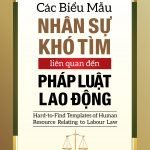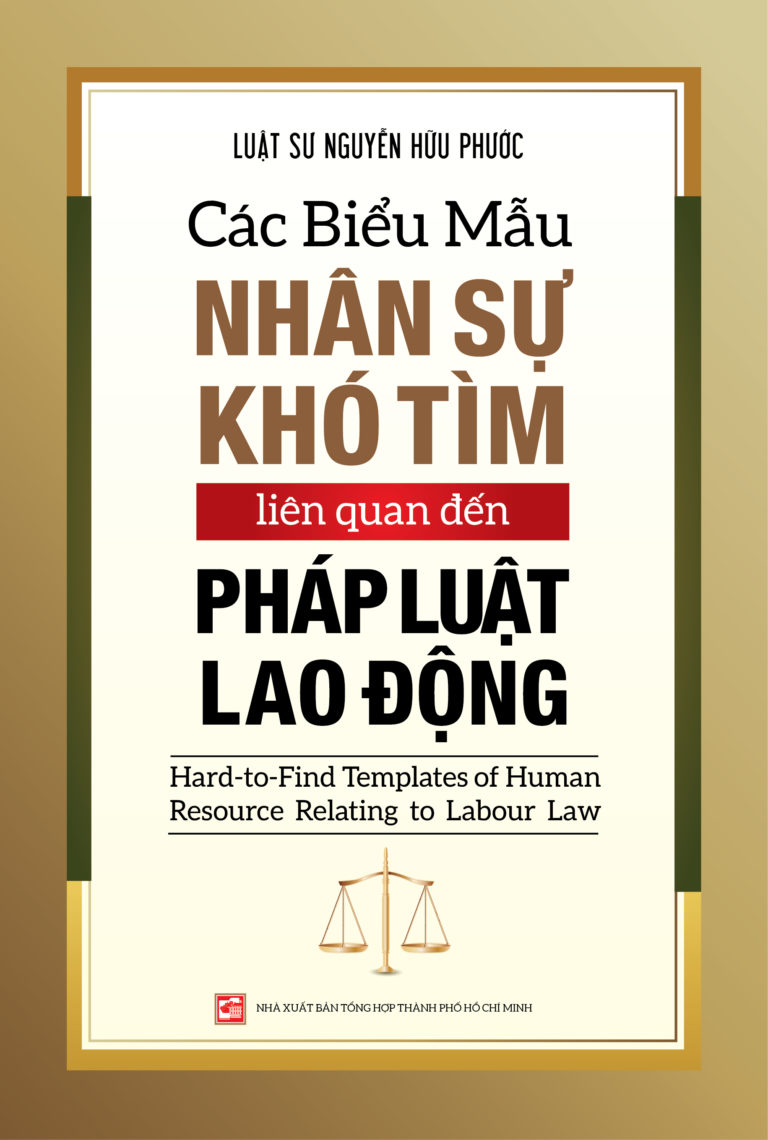Labour Law Handbook
This Labour Law Handbook[1] is prepared for those who are directly involved in managing human resources for enterprises (e.g. directors, human resources department managers and deputy managers, and employees therein) or indirectly related to human resources management (e.g. the board of directors, in-house counsels), as well as lawyers in legal practicing organizations. This may also be a reference material for university students who are required to study labour law.
This Handbook is intended by the author to provide key information on the regulations of the Vietnamese labour law by way of summarizing and organizing them in an easy to use manner. In addition, this Handbook also clarifies some ambiguous points of these regulations by presenting legal analysis and referring to the guiding opinions of the Vietnamese labour agencies. This Handbook also lists the reporting requirements prescribed by labour law for different periods of the year and which enterprises should be aware of for implementation, and provides reporting and other necessary human resources forms as required by labour legal instruments. Finally, the Handbook provides flowcharts to help readers with the implementation of important procedures related to labour law and within the corporate context.
When referring to this Handbook, you should note that the regulations mentioned herein are taken from the legal instruments that are effective at the time of publication. As is the tendency for the laws to be amended and supplemented frequently, before using any information herein (including the forms required by labour law), you should refer to relevant information from other sources to confirm that Handbook information is still current. In addition, for the forms prepared by the author in this Handbook and which the law requires but does not provide, there may be some cases where local labour agencies in some localities are not familiar with the wording or appearance of such documents so they may not accept them, or otherwise request enterprises to amend or supplement these forms according to their requirements. In this case, you should consult with the local labour agency about these forms before using them.
Hopefully this Handbook will be useful for your daily work in general, and particularly for those who are tasked with managing human resources for enterprises. I wish to receive readers’ sincere comments so the next editions of this Handbook will be even more comprehensive.
Best Regards










